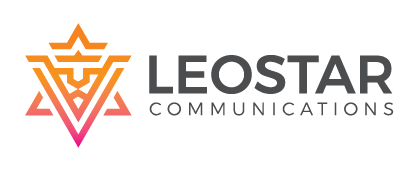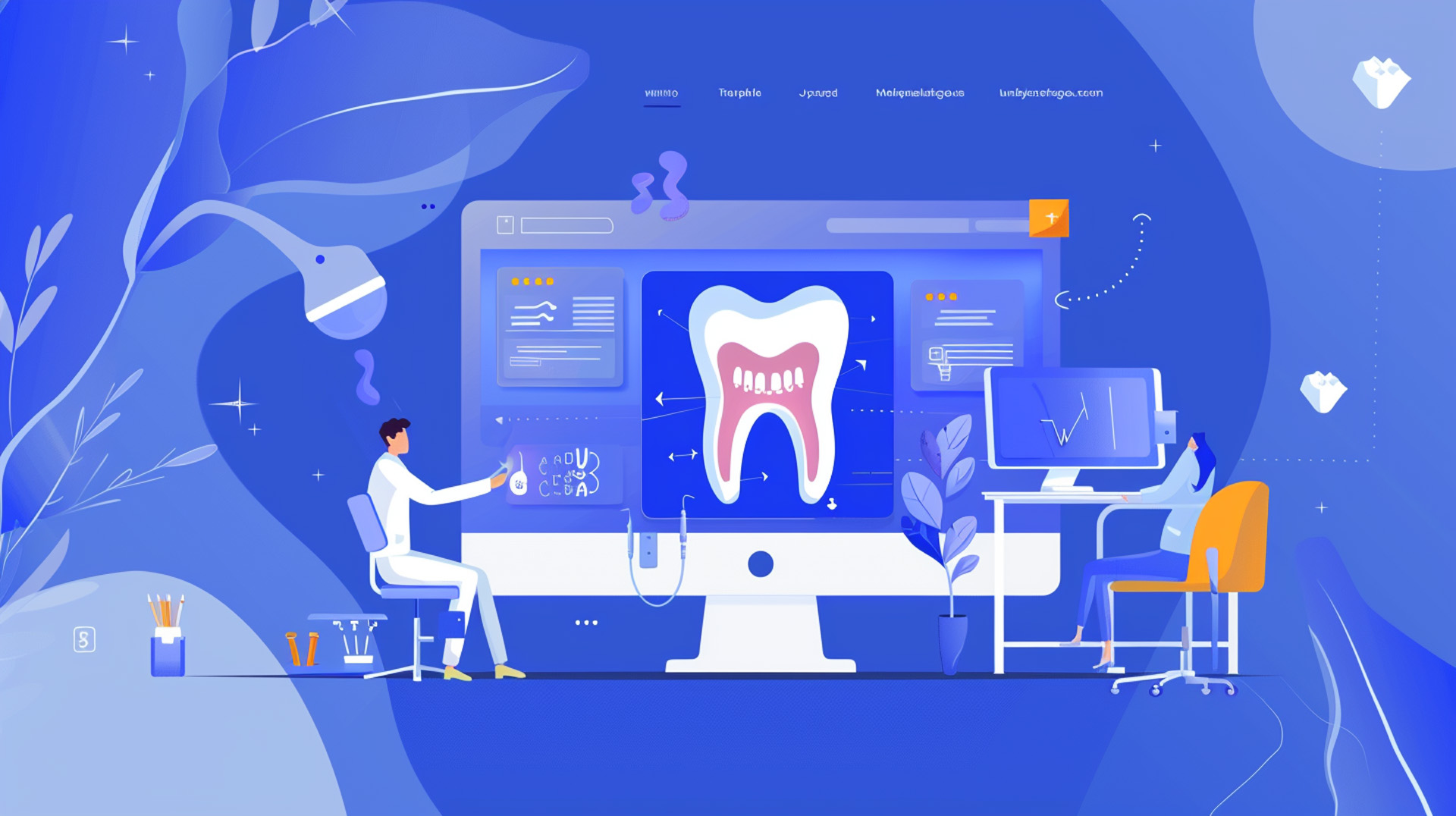Design a Website From Scratch & Must Include These 6 Website Elementals
Big congrats on diving into the world of website creation. It’s a thrilling step and it’s like you have decided to open up your very own digital shop or gallery where you can showcase your photography, introduce your business, or share your hobbies and passions with the entire world. Think of your website as your space on the internet where you’re throwing open your doors to guests. Now, creating a space that looks amazing and feels welcoming might seem like a daunting task, right?
No worries, though! There’s a recipe when you decide to design a website from scratch and that’s not just visually appealing but also user-friendly and fun to explore. Consider these the magic elements that will ensure your guests navigate your site with ease and keep them coming back for more excitement.
Let’s explore these 6 must-haves to design a website from scratch that not only feast for the eyes but also a smooth ride for everyone who drops by.
1. Header: The Gateway to Your Site
What is the Header?
The header is the top section of your website that typically appears on every page. It acts as the gateway to your site’s content and plays a significant role in first impressions.
Key Components:
- Logo: Your logo should be prominently displayed in the header. It serves as a visual anchor for your brand and helps with brand recognition. Place it in the top-left corner for optimal visibility and alignment.
- Navigation Menu: The navigation menu is crucial for guiding visitors through your site. Include clear, concise links to major sections such as Home, About, Services, Blog, and Contact. Consider dropdown menus for subcategories to keep the navigation clean and organized.
- Call-to-Action (CTA) Buttons: Incorporate prominent CTA buttons in the header, such as “Sign Up,” “Get a Quote,” or “Shop Now.” These buttons should stand out and encourage visitors to take key actions.
- Search Bar: A search bar enhances user experience by allowing visitors to quickly find specific content or products. Position it in a visible area, often in the top-right corner of the header.
Best Practices:
- Ensure the header is consistent across all pages for a cohesive user experience.
- Use high-contrast colors for text and CTAs to make them stand out.
- Keep the navigation menu simple and avoid overwhelming users with too many options.
2. Hero Section: Captivate Your Audience
What is the Hero Section?
The hero section is the prominent area on the homepage that captures attention immediately. It’s the first thing visitors see and sets the tone for the rest of the site.
Key Components:
- Background Image or Video: Use a high-quality background image or video that aligns with your brand and captures the essence of your message. Ensure that it’s not too distracting and doesn’t overshadow the main content.
- Headline and Subheadline: Craft a compelling headline and a supporting subheadline that clearly convey your primary message or value proposition. This text should be bold and easy to read, providing visitors with a quick understanding of what your site offers.
- Primary CTA Button: Include a prominent CTA button in the hero section to guide visitors toward a key action. This could be “Learn More,” “Get Started,” or “Contact Us.” Ensure the button contrasts well with the background to draw attention.
Best Practices:
- Choose a background that complements your brand colors and doesn’t interfere with readability.
- Use high-resolution images or videos to maintain a professional appearance.
- Test different headlines and CTAs to determine which ones resonate most with your audience.
Also Read-
Hero Images in Web Design: What, When, Why, and How to Use
3. Main Content Area: Deliver Valuable Information
What is the Main Content Area?
The main content area is where you present the core information and functionality of your website. It should be organized and easy to navigate, providing visitors with valuable content and engaging elements.
Key Components:
- Introduction or About Section: Provide a brief introduction to your business, mission, or the main purpose of the website. This section should be engaging and give visitors a reason to explore further.
- Services or Features: Detail your services, products, or features with clear headings and concise descriptions. Use bullet points or icons to make the information easily scannable and visually appealing.
- Testimonials or Reviews: Showcase customer testimonials or reviews to build credibility and trust. Include quotes, star ratings, or video testimonials to highlight positive experiences and successes.
- Case Studies or Portfolio: Display your work or case studies to demonstrate your expertise and achievements. Use images, project descriptions, and results to provide evidence of your capabilities.
Best Practices:
- Structure content with headings and subheadings to improve readability.
- Use engaging visuals and infographics to complement text and enhance understanding.
- Regularly update content to keep it relevant and fresh.
4. Sidebar: Enhance Functionality and Engagement
What is the Sidebar?
The sidebar is a secondary content area typically found on the left or right side of the main content. It provides additional navigation options and widgets to enhance functionality and user engagement.
Key Components:
- Additional Navigation: Include links to secondary pages or categories that aren’t featured in the main menu. This helps users find specific content or sections easily.
- Newsletter Signup: Offer visitors the chance to subscribe to your newsletter for updates, promotions, or news. Include a simple signup form with fields for email addresses and a clear call-to-action.
- Social Media Links: Display icons or widgets linking to your social media profiles. This encourages visitors to connect with you on other platforms and increases your social media reach.
- Recent Posts or Popular Articles: Highlight your latest or most popular blog posts or articles. This can drive more traffic to your content and keep visitors engaged.
Best Practices:
- Ensure the sidebar doesn’t overshadow the main content area or make the page feel cluttered.
- Use clear and concise labels for navigation links and widgets.
- Regularly update sidebar content to keep it relevant and engaging.
5. Footer: Provide Essential Information
What is the Footer?
The footer is the bottom section of your website that appears on every page. It provides essential information and additional navigation options.
Key Components:
- Contact Information: Include your business address, phone number, and email address in the footer. This makes it easy for visitors to get in touch with you and adds credibility to your site.
- Navigation Links: Repeat key links from the header or include additional links to privacy policies, terms of service, or site maps. This helps visitors find important information quickly.
- Social Media Icons: Add icons linking to your social media profiles to encourage visitors to connect with you on other platforms.
- Copyright Information: Display a copyright notice with the current year and your business name. This indicates that the content is protected and reinforces your brand’s professionalism.
- Newsletter Signup: Include another opportunity for visitors to subscribe to your newsletter. This can help capture more leads and keep your audience engaged.
Best Practices:
- Keep the footer design consistent with the overall site style.
- Use clear and legible fonts for text in the footer.
- Ensure that all links and contact information are accurate and up-to-date.
6. Forms: Facilitate Interaction
What are Forms?
Forms are interactive elements that allow users to submit information or perform actions on your site. They are essential for communication, registration, and engagement.
Key Components:
- Contact Form: Include a form for visitors to reach out to you directly from the website. Typically, this includes fields for name, email, subject, and message. Ensure that the form is user-friendly and easy to submit.
- Registration/Login Forms: If your site requires user accounts, provide forms for registration and login. Include fields for essential information and ensure that the forms are secure.
- Search Form: A search form allows users to find specific content within your site. Include a search bar in a prominent location, such as the header or sidebar.
Best Practices:
- Use clear labels and placeholders for form fields to guide users.
- Implement validation to check for errors and ensure accurate data submission.
- Include a confirmation message or page after form submission to inform users that their information has been received.
Check out more-
5 Great Website Design Examples & Tips from Award-Winning Websites
Final Thoughts on Design a Website From Scratch
Alright, let’s sum it all up: For a website to really connect with its visitors, it needs three main things- easy-to-follow navigation, content that grabs and keeps attention, and clear calls to action that guide users toward making decisions. Think of your website as a home where everything is neatly arranged and guests can comfortably find what they need.
Feeling excited to bring your website dreams to life?
Here at LeoStar’s best web design services, we are all about turning great ideas into even greater websites. We are the folks who take exciting website concepts and turn them into practical, powerful online spaces that really perform.
When you work with us, you are getting a team that listens. We dive deep to understand exactly what you want to achieve and who you are talking to. Then, we blend your goals with our design and development expertise to create a customized website that’s not only stunning to look at but also super effective in getting you the result you want.
Here’s what you can expect when you choose LeoStar for your web design needs:
- A website that converts: We’ll design a website from scratch that guides your visitors towards taking action, whether it’s making a purchase, subscribing to your newsletter, or contacting you for more information.
- A mobile-first approach: We understand the importance of mobile responsiveness, ensuring your professional website looks great and functions flawlessly on all devices, from desktops to tablets and smartphones.
- Search engine optimization (SEO) best practices: Our web design incorporates SEO strategies to improve your website’s ranking in search engine results, driving organic website traffic from search engines and increasing brand awareness.
- Ongoing support: We don’t just build websites; we partner with you for success. Our team will provide ongoing support to ensure your website stays up-to-date and continues to meet your evolving needs.
Ready to start? Let’s make your website something truly special together!
Contact LeoStar Web Design today for a free consultation. Let’s discuss your vision and build your own website that works as hard as you do!






